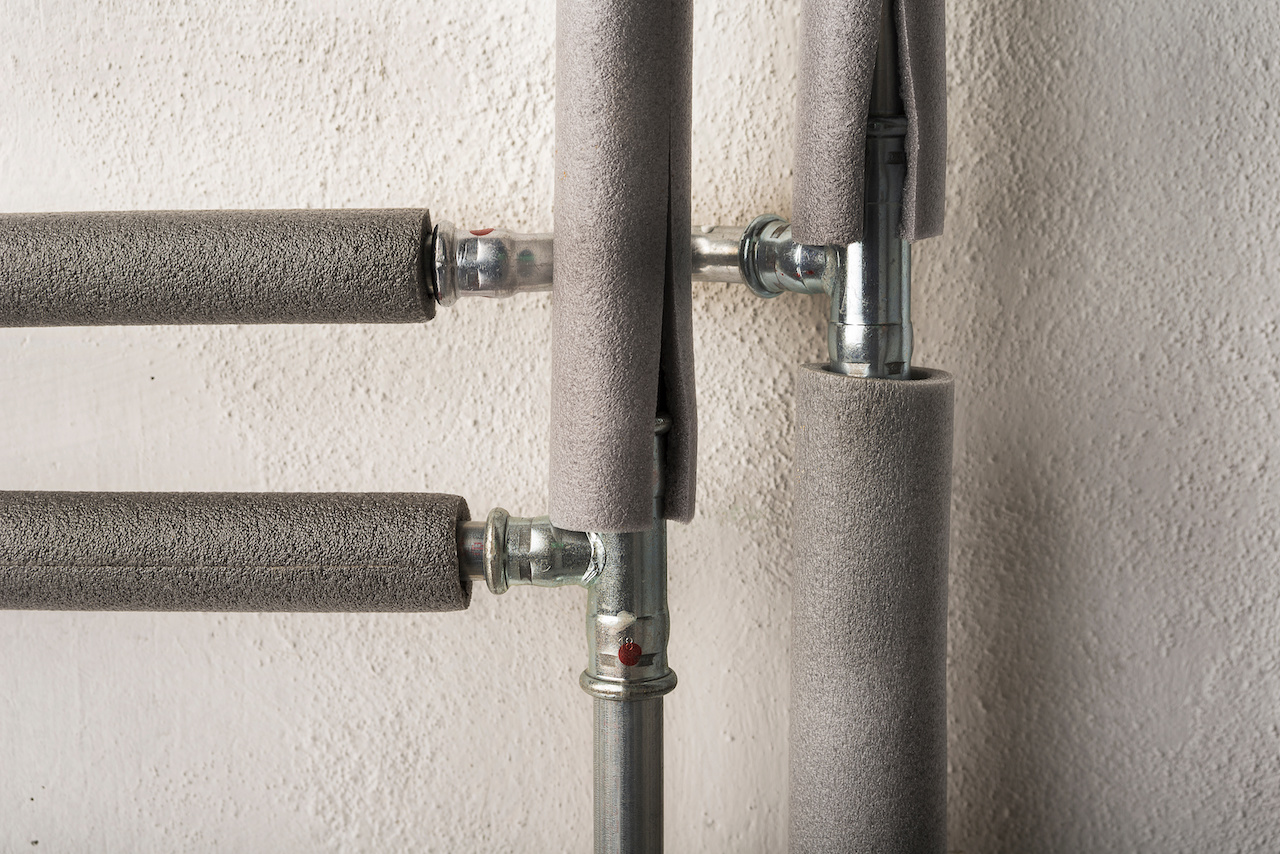Mold can breed on any warm and humid organic surface, meaning that it can easily infest homes. Besides making your house look unsightly, mold might also cause different types of health problems for your family and pets.
While combating mold is important, preventing it from even reaching your home is pivotal. How? All of it starts at the very beginning before the space is even built.
Residential Construction Strategies That Can Help Prevent Mold
First and foremost, it is essential to consult a mold specialist before you begin construction on your home. They will help you incorporate mold prevention strategies into your plans.
Taking it to the ground level of your new build project, it’s key to focus on material storage throughout the project. For example, if lumber is staged on the ground for too long prior to being needed for the build, it could weaken and open doors for the material to be susceptible to mold. Ensure your general contractor checks the structural lumber’s moisture content to ensure its below 16% before installing/drywalling.
For residential construction, setting up a dehumidifier in the basement as soon as the building envelope is complete is an excellent tactic to aid in mold prevention.
While protecting the exterior is important, you mustn’t neglect the interior of your home. So, consider using water-resistant materials on wet zones (i.e. kitchens, bathrooms, wet room upon entry, etc.). It’s important to note that using water-resistant materials can cause major issues if, for example, you drywalled your exterior walls with water-resistant drywall, because it doesn’t breathe and traps moisture inside the exterior wall cavity, resulting in rotting studs/framing. These water-resistant materials are best utilized in the structure’s interior wet zones.
Besides picking the materials, a mold specialist can give you insulation tips that will prevent excess moisture in your home. They can also offer some advice on how to dehumidify the space after the job is done. This is especially important if you live in an extremely humid area.
Ventilation Is Important
As the construction of your space is in progress, you should make sure to ventilate the site as much as possible. When the windows and doors are installed, keep them open as much as possible, if it’s not raining/snowing (weather dependent) and humidity is under 60%, to ensure continuous air circulation until the HVAC system is installed. Then you want them all closed so the heat or A/C can continue drying the interior.
Moreover, try to avoid using heaters to accelerate the drying process when painting the walls. With such a trick, you will create excess moisture in the space, creating the perfect breeding grounds for mold.
Letting the walls dry naturally is the best option, but you can also use fans and dryers. Aside from helping with the drying process, these machines will also reduce humidity levels.
Think of Drainage Ahead of Time
Finally, building your space in a way that allows for quick and efficient water drainage is also important. That includes designing a sloped roof, installing enough drains/gutters so the excess water has somewhere to go, and especially grading. Grading ensures the land/ground/yard is sloping away from the house or building which will assist in your efforts to keep water moving as far as possible from the foundation.
Insulate pipes
When your water supply pipes are exposed, they’re more susceptible to freezing and bursting, especially if they’re located along exterior walls or in unheated spaces like a basement or attic. To prevent this, it’s a good idea to protect pipes with insulation.
Need Any Help?
If you’re starting construction on your home soon, you should contact a mold specialist to help you. At Your Mold Solutions, we offer all types of assistance when it comes to combating and preventing mold, making us the number one remediation company in the area.








